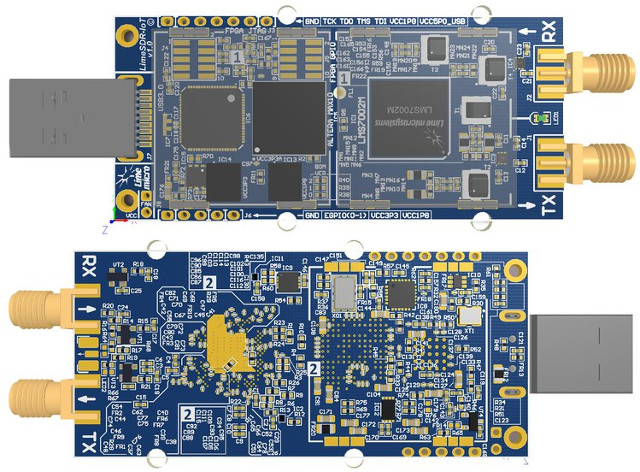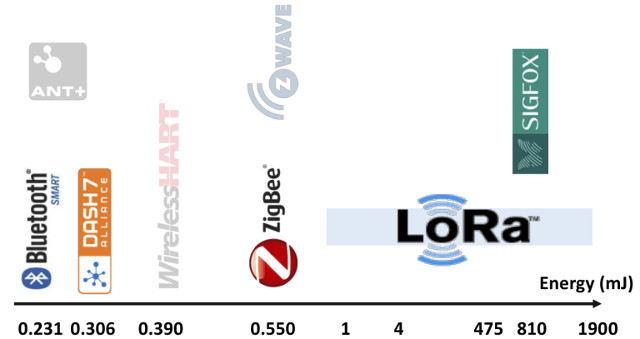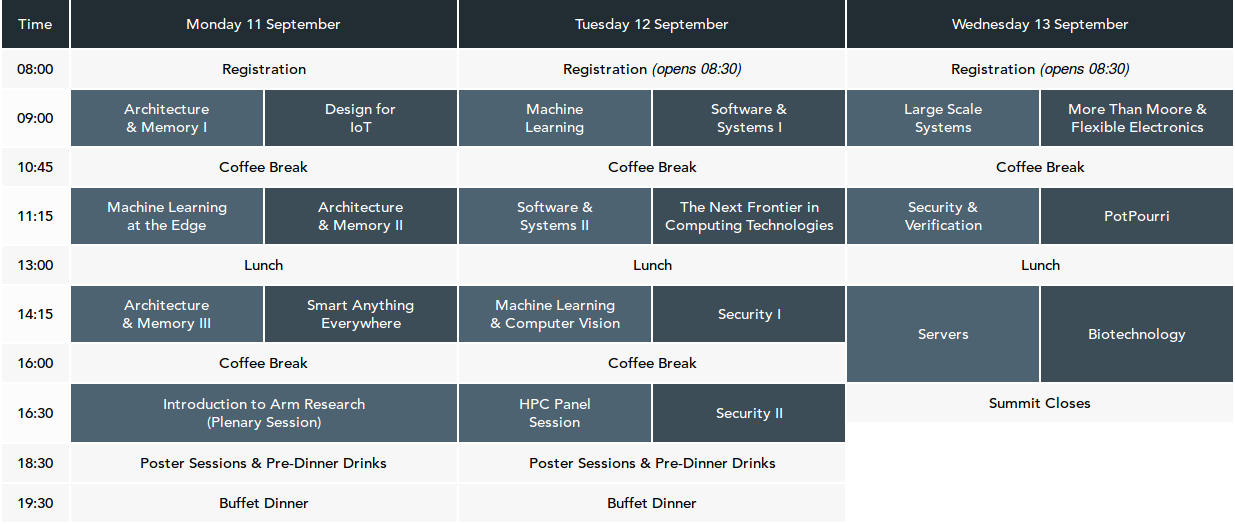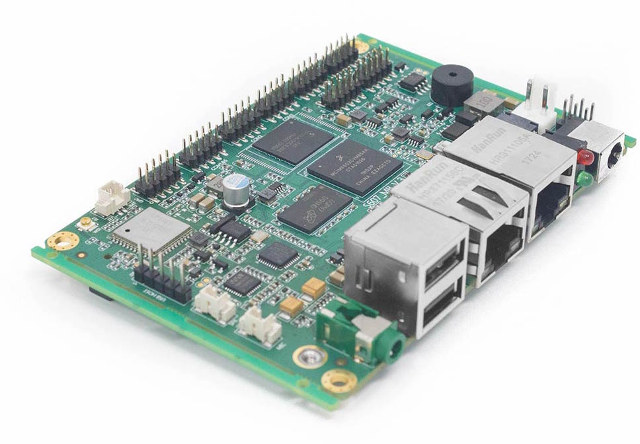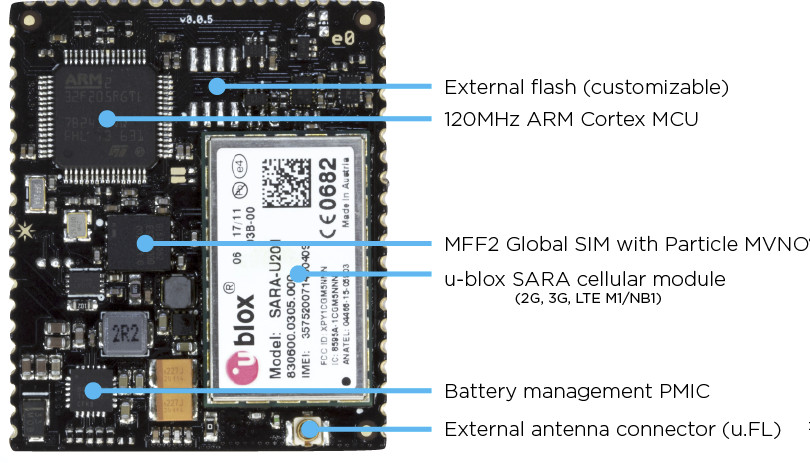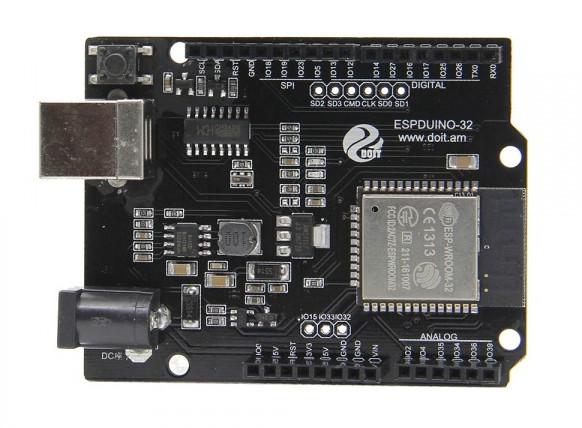Cellular GPS trackers have been around for a few years, but so far mostly 2G or 3G GPS trackers with products like Ping, Particle Asset tracker, and many other models selling on Aliexpress. 4G GPS tracker have been less common. However, recently we’ve seen platforms like Wio LTE and AutoPi that could handle GPS tracking over LTE connectivity, and another alternative would be Mictrack MT600 that ready-to-use solution to track your car or other vehicle with GPS and 4G. Mictrack MT600 hardware specifications: GNSS U-BLOX7 GPS Chip GPS sensitivity -162dBm Channel – 56 Positioning Accuracy – 10m Cold start: 30s; warm start: 15s; hot start: 1s SMA antenna connector Cellular Connectivity Qualcomm 4G LTE chip MT600-A model (North America): 4G FDD LTE: 700/850/1700/1900MHz 3G UMTS: 850/1700/1900MHz GSM: 850/1900MHz MT600-C model (Asia): 4G FDD LTE: 900/1800/2100MHz 4G TDD LTE: 1900/2300/2500/2600MHz 3G UMTS: 900/2100MHz GSM: 900/1800MHz MT600-E (Australia/Asia/Europe) 4G FDD LTE: 800/850/900/1800/2100/2600MHz 3G […]
LimeSDR Mini is a $135 Open Source Hardware, Full Duplex USB SDR Board (Crowdfunding)
LimeSDR open source hardware software defined radio was launched last year with the promise of integration with Ubuntu Snap Store allowing to easily download and install various radio implementations such as LTE, WiFi, Bluetooth, LoRa, etc… It was offered for $200 and up as part of a crowdfunding campaign, but Lime Microsystems is back on CrowdSupply with a cheaper and low end version aptly called LimeSDR Mini.LimeSDR mini specifications: FPGA – Intel Altera Max 10 (10M16SAU169C8G) with 16K Logic gates, 549 KB M9K memory, 2,368 KB user flash memory Storage – 4 MB flash memory for data; 2x128KB EEPROM for RF transceiver MCU firmware and data RF Lime Microsystems LMS7002M RF transceiver Tx & Rx SMA connectors Frequency range – 10 MHz to 3.5 GHz RF bandwidth – 30.72 Mhz Sample Rate – 30.72 MSps with 12-bit sample depth Power Output (CW): up to 10 dBm USB – 1x USB […]
WizziKit is a DASH7, LoRa and Sigfox Wireless Sensor & Actuator Network Kit
Over the last few years, I’ve written several article about LoRaWAN, Cellular IoT, and Sigfox based long range low power IoT solutions. DASH7 is another LPWAN (Low Power Wide Area Network) standard that operates on the same 868 and 915 MHz ISM bands as LoRa and Sigfox, but has much lower power consumption, and the cost of a shorter range up to 500 meters, instead of the 5+km associated with LoRa or SigFox. The DASH7 Alliance Protocol (D7A) is an Open Standard, and if you want more details you can download version 1.1 of the specifications on DASH7 Alliance website. I’m writing about DASH7 today thanks to an article on ST blog about Wizzilab’s Wizzikit, an evaluation kit and framework for DASH7 with a gateway, and several nodes that can also optionally support LoRaWAN and Sigfox protocols. The kit is comprised of the following items: WizziGate GW2120 Ethernet/Wifi/Dash7 gateway – based […]
Arm Research Summit 2017 Streamed Live on September 11-13
The Arm Research Summit is “an academic summit to discuss future trends and disruptive technologies across all sectors of computing”, with the second edition of the even taking place now in Cambridge, UK until September 13, 2017. The Agenda includes various subjects such as architecture and memory, IoT, HPC, computer vision, machine learning, security, servers, biotechnology and others. You can find the full detailed schedule for each day on Arm website, and the good news is that the talks are streamed live in YouTube, so you can follow the talks that interest you from the comfort of your home/office. Note that you can switch between rooms in the stream above by clicking on <-> icon. Audio volume is a little low… Thanks to Nobe for the tip. Jean-Luc Aufranc (CNXSoft)Jean-Luc started CNX Software in 2010 as a part-time endeavor, before quitting his job as a software engineering manager, and starting […]
Habey EMB-2200 Pico-ITX board is Designed for Industrial IoT Gateways & HMI Panels
Habey USA has sent out an email to announce their EMB-2200 industrial grade Pico-ITX board powered by NXP i.MX6UL processor with up to 512 MB DDR3, WIFi and Bluetooth, optional PoE support, LCD interface, etc…, and designed for IoT gateways, HMI applications, and other embedded applications. Habey EMB-2200 board specifications: SoC- NXP i.MX 6UltraLite single core ARM Cortex-A7 processor at 528/696MHz System Memory – 128, 256 or 512MB RAM Storage – Various options of eMMC, iNAND or SLC NAND flash (Default: 8GB eMMC flash) Display – 1x 24-bit Parallel LCD (RGB) interface up to 1366×768, 4-wire touch interface Audio – 1x 3.5mm Line OUT jack Connectivity – 2x 10/100 Mbps Fast Ethernet ports, WiFi and Bluetooth module USB – 2x USB 2.0 ports I/Os – 5x RS-232 header, 2x CAN Bus, 2x USB2.0, 1x USB OTG Configurable GPIO, SPI, I2C Expansion – 1x full-size mini-PCIe with USB connection for cellular […]
Particle E Series is a Family of 2G, 3G, 4G LTE Cellular IoT Modules Optimized for Mass Production
Cellular IoT has really taken off this year from the low cost Orange Pi 2G IoT board to 4G GPS Trackers, and global IoT SIM cards. Particle has been in this market for a couple of years, starting with their Electron boards, and the company has just announced the new Particle E series family of industrialized 2G, 3G, and LTE-enabled modules and a development kit. Key features of Particles E series modules: Cellular Connectivity u-blox SARA modules for cellular connectivity LTE: SARA-R410M 3G: SARA-U201/U260/U270 2G: SARA-G350 (2G) Embedded SIM card, Particle MVNO support in 100+ countries u.FL antenna connector MCU – STM32F205RGT6 120MHz ARM Cortex M3 microcontroller with 1MB flash, 128KB RAM Storage – • Expandable flash memory I/Os – 63-pin surface mountable castellated module with up 30x GPIOs, 12x ADC, 2x DAC, 13x PWM, 3x UART, 2x SPI, 1x I2S, 2x CAN, 1x USB 2.0 (Some signals are multiplexed) […]
ESPDUINO-32 & Wemos D1 R32 ESP32 Boards Support (Most) Arduino UNO Shields
The compact ESP32 NodeMCU like board are great for many project, but in case you plan to leverage your existing Arduino shield, it’s more convenient to have a compatible board. We’ve previously seen Noduino Quantum board sold for 99 RMB on Taobao, and $25.90 on AnalogLamb, but doit.am has designed a cheaper model called ESPDUINO-32 that supports shields compatible with Arduino UNO, and sold for $13.73 on DealExtreme. ESPDUINO-32 board specifications: Wireless Module – ESP-WROOM-32 based on Espressif ESP32 dual core Tensilica LX6 processor with 802.11 b/g/n WiFi and Bluetooth 4.2 LE Expansion – Arduino UNO headers with SPI, I2C, digital I/Os, 1x analog input up to 3.2V, 5V, GND USB – 1x USB device port Misc – Button Power Supply – 5 to 12V input via DC jack or Vin pin Dimensions – 66 x 53.3 x 13.5 mm The board can be programmed with the Arduino IDE selecting […]
Embedded Linux Conference & Open Source Summit Europe 2017 Schedule
The Embedded Linux Conference & IoT summit 2017 took place in the US earlier this year in February, but there will soon be a similar event with the Embedded Linux Conference *& Open Source Summit Europe 2017 to take up in Europe on October 23 – 25 in Prague, Czech Republic, and the Linux Foundation has just published the schedule. It’s always useful to find out what is being discussed during such events, even if you are not going to attend, so I went through the different sessions, and compose my own virtual schedule with some of the ones I find the most interesting. Monday, October 23 11:15 – 11:55 – An Introduction to SPI-NOR Subsystem – Vignesh Raghavendra, Texas Instruments India Modern day embedded systems have dedicated SPI controllers to support NOR flashes. They have many hardware level features to increase the ease and efficiency of accessing SPI NOR […]


